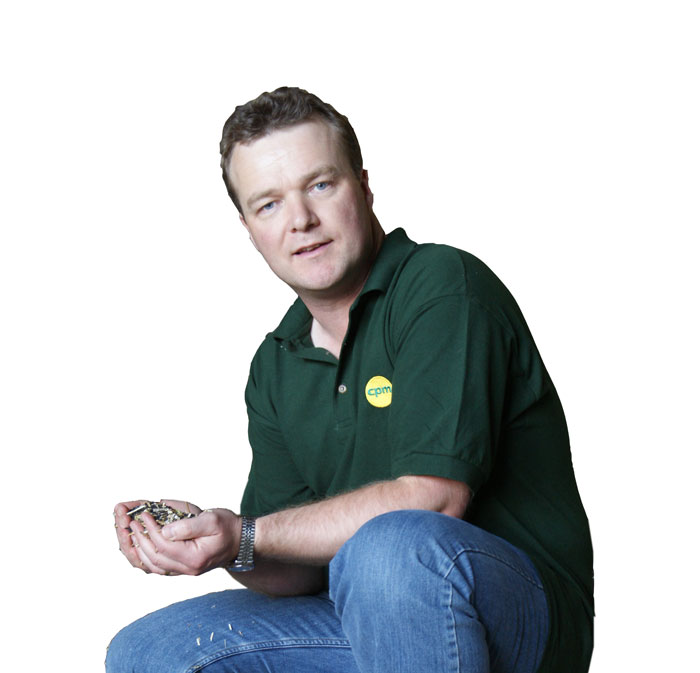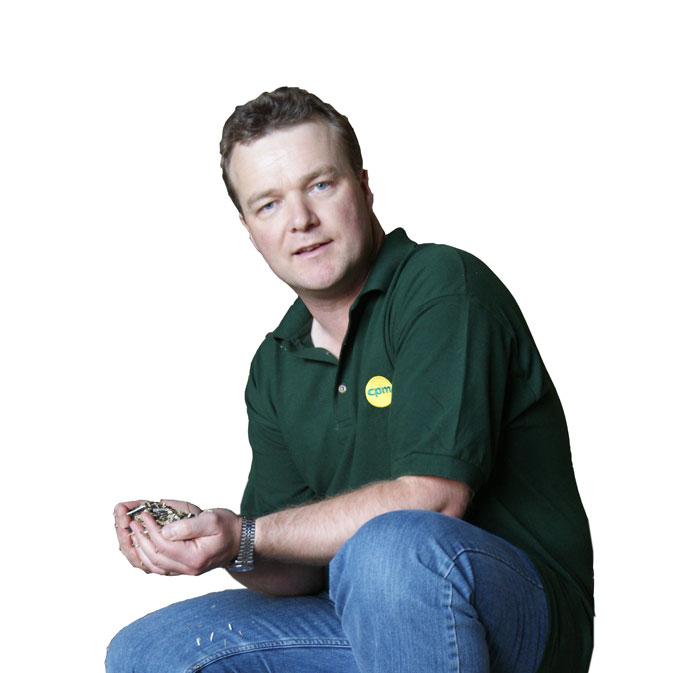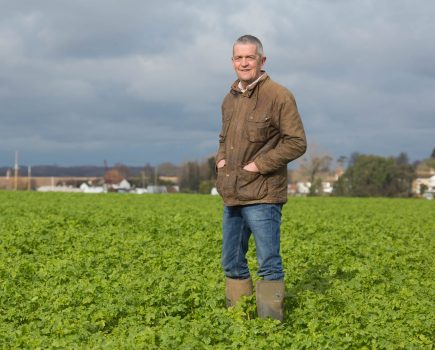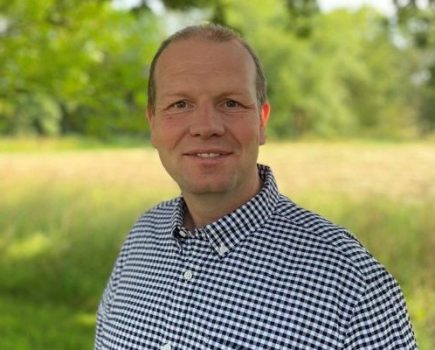 Two landmark legal decisions have been taken in the past month and both could have a significant impact on UK arable farms. Whether they should is very much open to debate.
Two landmark legal decisions have been taken in the past month and both could have a significant impact on UK arable farms. Whether they should is very much open to debate.
One is the court case in California in which groundskeeper Dewayne Johnson was awarded $289M against Monsanto. The jury in the case found the Roundup (glyphosate) he routinely used was a “substantial contributing factor” to his terminal non-Hodgkin lymphoma. It’s a landmark ruling because it’s the first case in which a jury has concluded there’s a link between Roundup use and cancer. But should this make a material change to how it’s used on farms in the UK?
As someone who’s used Roundup routinely for over 25 years and, I confess, often been somewhat slapdash about PPE, this should be a wake-up call. HSE legislation is there for a good reason. It doesn’t matter whether Roundup is in fact less likely to cause me cancer than the coffee I drink – a pesticide is a pesticide and I will do no one any favours, least of all myself, if I don’t use it responsibly.
But one thing this case has thrown up is the wealth of studies that have been conducted into the wider environmental and public health implications of using Roundup. Here I’m reassured by the overwhelming weight of scientific opinion and conclusions of regulatory authorities around the world that Roundup is indeed safe, and the court case changes absolutely nothing in this regard. So those who renew their calls for it to be banned should look carefully at what their motives are for doing so – do they really have the public interest at heart, or is it simply a cynical swipe against large agchem concerns?
The case has also exposed how heavily dependent farmers around the world are on just one pesticide, however. That is not sustainable, for a whole host of good reasons. As an industry – arable farmers, advisers and agchem companies – we’ve taken our eye off the ball. We’ve haven’t challenged ourselves to innovate, and this is the wake-up call to take us out of our lazy practices. If we can’t find better solutions to our problems than glyphosate over the next five years, and reduce our dependence on it as a result, we deserve to lose it.
That brings me to the second court judgement – that of the Court of Justice of the EU (CJEU) on gene-edited crops. The court has decided they should come under GMO restrictions. That’s in contradiction to most other authorities around the world, and against their own scientific advice.
In this issue of CPM, we’ve carried out a full investigation into GE crops. We’ve looked at the reaction to, and legal ramifications of this ruling. We’ve also toured the country, visiting the places in the UK where this nascent technology is being used, and where UK researchers are just beginning to unlock the wonders it could deliver – it’s nothing short of jaw-dropping. But the whole lot, including all related future innovations in seed breeding, now hang in the balance.
From a legal point of view, if you pick your way through the text of the GMO Directive, you can see how the EU legislators reached their conclusion. But the practical difficulties of segregating crops and breeding material, let alone the cost, will be crippling. To avoid this, the breeding industry will have no choice but to restrict breeding lines across Europe and keep them within a very tight set of alleles deemed to be “safe”. The resulting lack of diversity in the breeding population won’t just stagnate productivity, it’ll put it into reverse.
For anyone who thinks the AHDB Recommended List may look a little lacklustre at present, that’s nothing to what a museum piece it’ll become in just a few years, if this ruling is allowed to be implemented in full. That’s in comparison with the vibrant varieties that’ll be available to other farmers around the world.
But we don’t have to allow this to happen. Indeed, here in the UK, our research institutions, with public funding and government backing, have been quietly exploring the world of opportunity this technology could present. We’re probably better placed than anywhere in the world to take this to the next step and this could deliver the next Green Revolution, addressing some of society’s really big problems such as climate change, food poverty and feeding a growing global population.
How do we do this? Firstly, we listen to what our own research community is saying and gain an understanding of these new breeding technologies – it is truly admirable how scientists now collaborate and remarkable what they’re achieving as a result. Secondly, we open our minds and explore ourselves what part we can play – one of the implications of this research is that it brings new breeding material much closer to the point where it needs to be tested in the field. That feedback is crucial to guide each iteration of this exciting technology.
So there’s no doubt, these landmark legal rulings will have an impact on UK arable farms. Let’s hope they serve as a wake-up call for a vibrant World of Opportunity, rather than a nudge in the sleepy, regressive direction of Museum of Agriculture.
Tom Allen-Stevens has a 170ha arable farm in Oxon, and now wears PPE before waking up to smell the coffee, a “probable carcinogen”. @tomallenstevens




